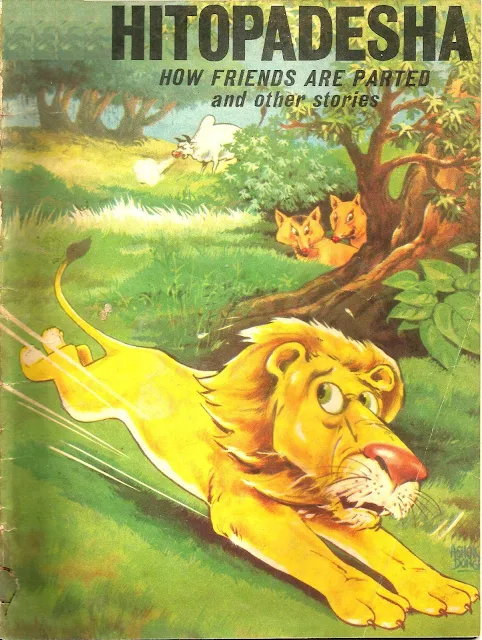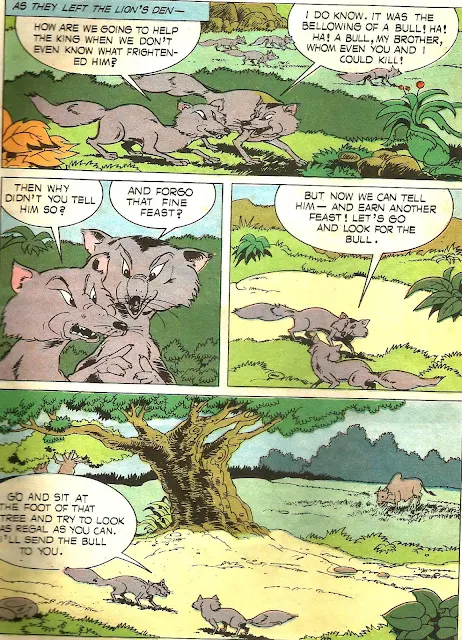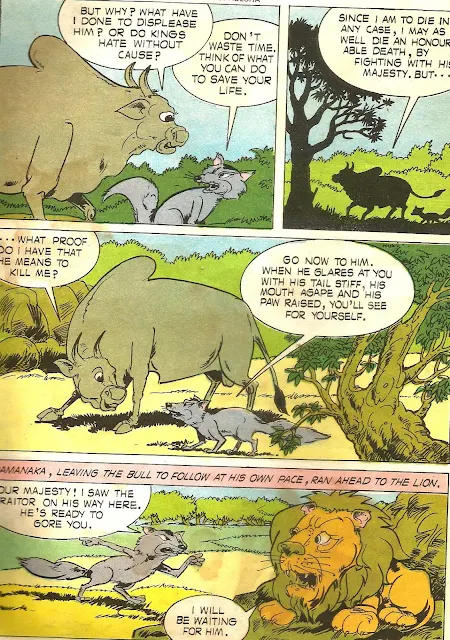 |
| The Hitopadesha is a collection of fables in Sanskrit |
Hitopadesha:
The Hitopadesha is a collection of fables in Sanskrit. This work , attributed to Narayana (11th or 12 century A.D.) , and which mention the patronage of a king called Dhavalachandra .
 |
| Panchatantra is a well known ancient Indian, animal fables with a moral in it. Written by Vishnu Sharma |
Hitopadesha is based on the more famous Panchatantra which was written by Vishnu Sharma more than a thousand years earlier. As no other work by this author is known, and since the ruler mentioned has not been traced in other sources, we know almost nothing of either of them. It seems likely that Narayana was a pandit and preceptor employed in Dhavalachandra’s court. Since the invocatory and final verses evoke the god Shiva, he was most probably a Shaivite. Originally written in Sanskrit, the stories of his book have traveled to several parts of the world.
Although Narayana is indebted to Vishnu Sharma for his plots, he has introduced 18 (Eighteen) stories which are not to be found in the other versions of the Panchatantra. Other Name of Lord Vishnu is Narayana. Therefore both of Writer were linked with their name also.
Narayana has divided his work into four sections :
1) Mitralabha (Gaining Friends)
2) Suhrudbheda ( Causing Dissension Between Friend)
3) Vigraha (Separation)
4) Sandhi (Union)
The tales retold in this Comics are taken from the Suhrudbheda.
Translations:
Hitopadesha has been translated into most of the major languages and has been circulated all around the world. The Emperor Akbar (1542–1605) commended the work of translating it to his own minister Abdul Fazel. He accordingly put the book into a familiar style, and published it with explanations, under the title of the Criterion of Wisdom. He followed the Emperor's suggestion that the incantations which often interrupt the narrative be abridged.
After Sir William Jones, who had encountered it in 1786, announced his "discovery", it was translated into English by Charles Wilkins, who had made the earliest English translation of the Bhagavad Gita. Jones himself also made a translation shortly thereafter. An English translation by Sir Edwin Arnold, then Principal of Pune College, Pune, India, was published in London in 1861.
One of the most widely read Sanskrit books in India, Hitopadesha tales are short stories that have the priceless treasure of morality and knowledge. After Bhagavad Gita, Hitopadesha is considered to be the most sold religious text in India. The tales from Hitopadesha are written in a very logical and clear way and one does not have to make much effort to figure out what moral a particular story is implying. The stories feature animals and birds as main characters.
Hitopadesha Comics:






















































 Online Movies
Online Movies
No comments:
Post a Comment